Arrowroot plant - southern guest
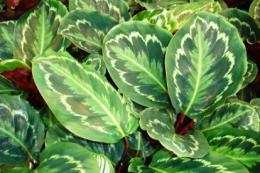
Many beautiful plants from hot climate zones live on our windowsills. They are very diverse, surprising us with their beautiful flowers, variegated greenery, and the unusual shape of the plant itself or its parts. One of these migrants is the Maranta plant.
- Where does arrowroot come from?
- How to grow arrowroot at home?
- Replanting Maranta
- Who is harming Maranta?
Where is Maranta from?
Like most indoor plants, Maranta came to us from the tropical forests of South America. If I may say so, then Marantas, and their botanists count almost 400 species (!), live on the swampy soil of the tropics. Most often, arrowroots do not grow more than 20 centimeters. These are plants with creeping or erect stems; all Maranthus have tuberous roots. The most remarkable thing about these plants is their leaves. They can be different in shape in different types of Maranta - from a lanceolate, linear shape to an oval-round shape. But that's not what's remarkable. Arrowroots are loved by flower growers around the world due to the color of their leaves. She is simply wonderful! Not only do the different types of Maranta leaves themselves vary in color from pale greenish to densely dark green, almost black, but they are also decorated with bright contrasting spots or veins. It is this pattern – bright, unusual – that allowed Maranta to take its rightful place on our window sills. By the way, the plant is named after the Venetian doctor Bartolomeo Maranta, who lived in the 16th century.The leaves of this plant, in addition to their beauty, are also interesting because during unfavorable weather conditions they rise upward and fold, like palms in prayer. As weather conditions improve, the leaves open again, straightening literally perpendicular to the stem. It is thanks to this feature that people also call Maranta a praying grass. And in England, they try to keep one of the Maranta species at home, since 10 bright spots are “painted” on its leaves, reminiscent of the 10 Divine Commandments.
Here is a short video about militvennaya tarva - the Maranta plant.
How to grow Maranta at home?
Each plant, of course, will benefit from the conditions of its homeland. The same applies to Maranta. Since this plant is originally a resident of tropical forests, it is clear that it does not get a lot of sunlight. Therefore, a plant planted in a pot and placed in a shaded place will grow just as well as on a windowsill illuminated by diffuse sunlight. Maranta does not like direct bright sun! If a pot with such a pet is exposed to the bright spring or summer sun, then its beautiful leaves will become faded and will grow much smaller in size than they could grow in partial shade.
Tropical forests are rich in nutritious soil and moisture from both the ground and the air. Don’t forget about this when growing Maranta at home. She needs moist air, she loves spraying, as well as frequent, abundant watering. The tuberous root of Arrowroot requires a large pot filled with nutritious soil. Maranta also responds gratefully to regular feeding.
Since this plant comes from the tropical forests of South America, it becomes clear that Maranta loves warmth.The plant may not tolerate temperatures below +10 degrees, get sick and die. The optimal temperature for the long life of the plant is about +24-25 degrees.
Replanting Maranta
Arrowroot has spreading leaves for its size and a tuberous root. All this makes replanting twice a year most justified - this way the plant gets more space, more nutrients from fresh soil, air and moisture. The plant is replanted in early spring and/or late autumn. During transplantation, Maranta can be slightly improved and updated - remove dry leaves, trim old roots. Also, during transplantation, Maranta can be propagated by division. This must be done carefully, without damaging the roots of the plant. Another way to propagate Maarnta is by cuttings. To do this, you need to cut a piece of a plant branch with 2-3 leaves on it and place it in a cup of water. In a few days, roots will appear on the cuttings. Then the young shoot can be planted in a suitable-sized pot filled with nutritious, light soil. The plant planted in this way takes root well and develops into a magnificent Maranta. Cuttings are taken from Maranta in the warm season, i.e. from May to September.
Who is harming Maranta?
In order for Maranta to be beautiful and pleasing to the eye with its elegant leaves, it is necessary not only to take good care of it, but to protect it from pests. Most often, indoor Maranta is affected by the red mite. This pest feeds on plant sap, disrupting the metabolic processes occurring in the leaves. It's hard to notice - it's too small. The size of this insect pest barely reaches 1 millimeter.But traces of vital activity become noticeable even when the plant has suffered significant damage. On the leaves of Maranta, as well as other indoor plants affected by the red mite, whitish, lifeless spots appear. Another one that likes to harm Maranta is the mealybug. You can notice it on the leaf cuttings of this indoor plant. As with all pests, the enemies of Maranta must be fought using store-bought products or using folk recipes.
A little attention to Marante - and she will delight you with her unusual, amazing beauty.

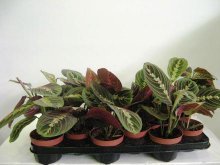

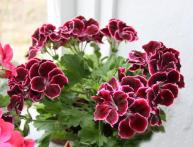
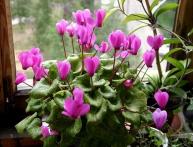
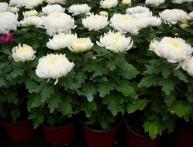
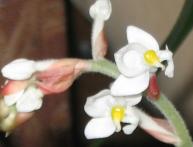

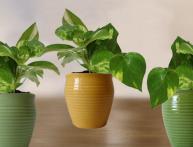
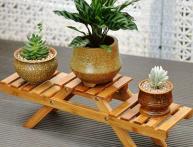
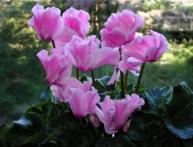
Comments
Beautiful exotic flower. But I think I may have problems with it, since the air in the apartment is dry. Maybe buy a humidifier.
I tried to grow arrowroot twice, but died both times ((